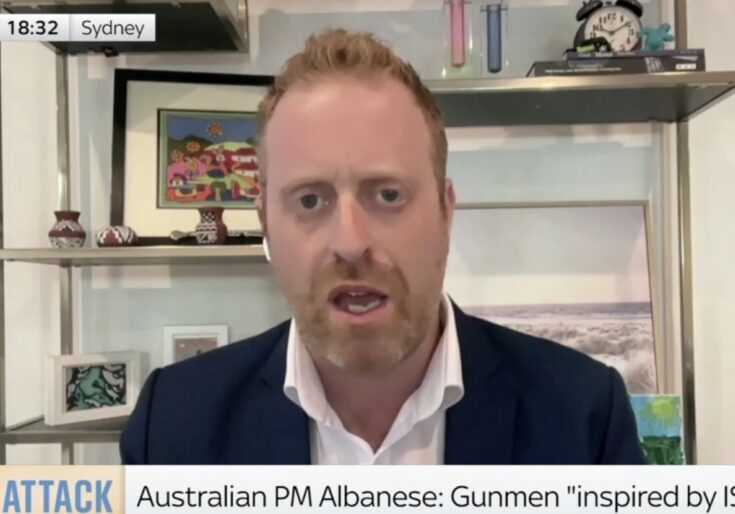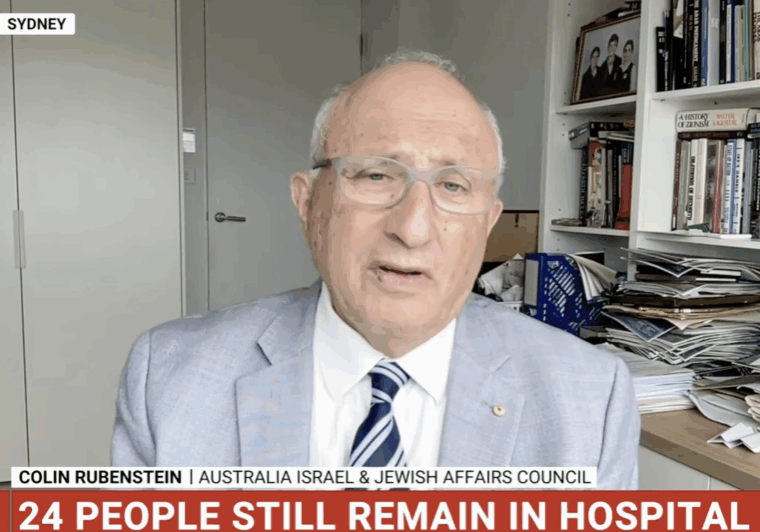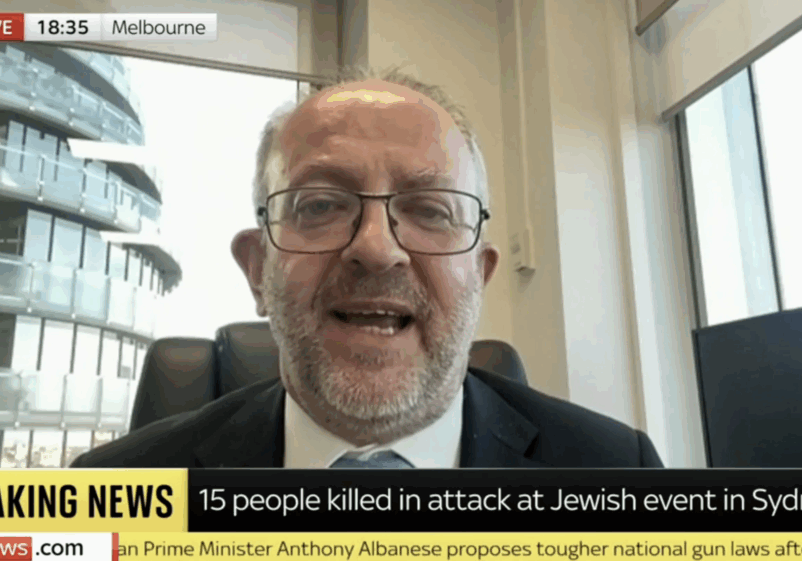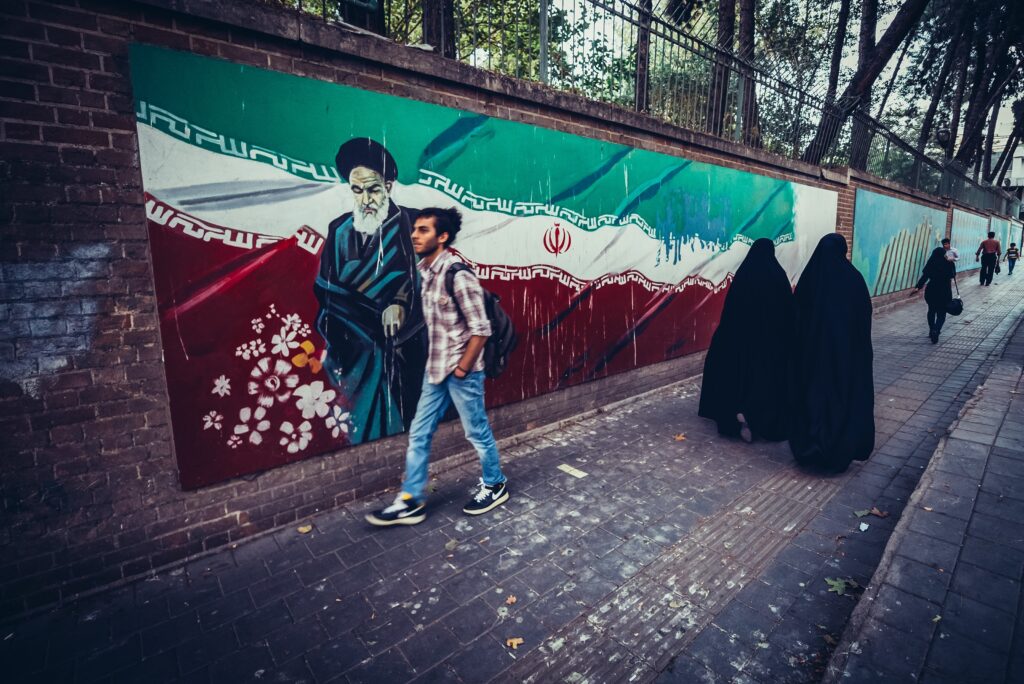FRESH AIR
How do you solve a problem like Pakistan?
November 9, 2011 | Sharyn Mittelman

Pakistan is a foreign policy conundrum for the West. While Pakistan has publicly been an ‘ally’ to the West in fighting al-Qaeda and supporting the war in Afghanistan, privately its intelligence agencies work with the Taliban and support terrorist organisations. In addition, Pakistan’s nuclear arsenal is considered by many to be unstable, and therefore poses a very real threat to international security should it end up in the wrong hands.
The difficulty in having Pakistan as an ‘ally’ for the US was recently commented on in an article in the New York Times:
“Just a month after accusing Pakistan’s spy agency of secretly supporting the Haqqani terrorist network, which has mounted attacks on Americans, the Obama administration is now relying on the same intelligence service to help organize and kick-start reconciliation talks aimed at ending the war in Afghanistan.”
An important article by Jeffrey Goldberg and Marc Ambinder in The Atlantic, entitled “The Ally from Hell’ provide some interesting new insights and information relevant to the significant dangers posed by Pakistan’s complex dual game:
“Pakistan lies. It hosted Osama bin Laden (knowingly or not). Its government is barely functional. It hates the democracy next door. It is home to both radical jihadists and a large and growing nuclear arsenal (which it fears the US will seize). Its intelligence service sponsors terrorists who attack American troops. With friends like this, who needs enemies?”
The article notes that publicly and privately Pakistan is considered to be a state sponsor of terrorism, although it has never been formally included in the US ‘official’ state sponsor of terrorism list that includes Iran, Sudan, Syria and Cuba. The article highlights how despite Pakistan being an ‘ally’ in the war against terror, it has supported terrorism and the Taliban:
“According to a secret 2006 U.S. National Intelligence Estimate on Afghanistan, ‘Available evidence strongly suggests that [the ISI] maintains an active and ongoing relationship with certain elements of the Taliban.’ A 2008 National Intelligence Estimate concluded that the ISI was providing ‘intelligence and financial support to insurgent groups-especially the Jalaluddin Haqqani network out of Miram Shah, North Waziristan-to conduct attacks against Afghan government, [International Security Assistance Force], and Indian targets.’ By late 2006, according to the intelligence historian Matthew Aid, who documents the dysfunctional relationship between the ISI and the CIA in his forthcoming book, Intel Wars, the U.S. had reliable intelligence indicating that Jalaluddin Haqqani and another pro-Taliban Afghan warlord, Gulbuddin Hekmatyar, were being given financial assistance by the ISI (which of course receives substantial financial assistance from the United States).”
The article also focused on Pakistani nuclear security and the fear that Pakistan’s nuclear arsenals are insecure, they write:
“Much of the world, of course, is anxious about the security of Pakistan’s nuclear weapons, and for good reason: Pakistan is an unstable and violent country located at the epicenter of global jihadism, and it has been the foremost supplier of nuclear technology to such rogue states as Iran and North Korea. It is perfectly sensible to believe that Pakistan might not be the safest place on Earth to warehouse 100 or more nuclear weapons. These weapons are stored on bases and in facilities spread across the country (possibly including one within several miles of Abbottabad, a city that, in addition to having hosted Osama bin Laden, is home to many partisans of the jihadist group Harakat-ul-Mujahideen). Western leaders have stated that a paramount goal of their counterterrorism efforts is to keep nuclear weapons out of the hands of jihadists.”
Graham Allison, an expert on nuclear weapons who directs the Belfer Center for Science and International Affairs at Harvard noted three mains threats emanating from Pakistan: The first “a terrorist theft of a nuclear weapon, which they take to Mumbai or New York for a nuclear 9/11. The second is a transfer of a nuclear weapon to a state like Iran. The third is a takeover of nuclear weapons by a militant group during a period of instability or splintering of the state.”
Goldberg and Ambinder suggest that the possibility of terrorists using Pakistan to obtain nuclear weapons is very real threat:
“Pakistan would be an obvious place for a jihadist organization to seek a nuclear weapon or fissile material: it is the only Muslim-majority state, out of the 50 or so in the world, to have successfully developed nuclear weapons; its central government is of limited competence and has serious trouble projecting its authority into many corners of its territory (on occasion it has difficulty maintaining order even in the country’s largest city, Karachi); Pakistan’s military and security services are infiltrated by an unknown number of jihadist sympathizers; and many jihadist organizations are headquartered there already.”
The article also notes that despite public assurances that Pakistan’s nuclear arsenal is secure, at least six facilities thought to have Pakistan’s nuclear program have been targeted.
” In November 2007, a suicide bomber attacked a bus carrying workers to the Sargodha air base, which is believed to house nuclear weapons; the following month, a school bus was attacked outside Kamra air base, which may also serve as a nuclear storage site; in August 2008, Pakistani Taliban suicide bombers attacked what experts believe to be the country’s main nuclear-weapons-assembly depot in Wah cantonment. If jihadists are looking to raid a nuclear facility, they have a wide selection of targets: Pakistan is very secretive about the locations of its nuclear facilities, but satellite imagery and other sources suggest that there are at least 15 sites across Pakistan at which jihadists could find warheads or other nuclear materials.”
Meanwhile, the article suggests that Pakistan believes its main threat comes not from terrorists but from the suspected US plans to seize Pakistan’s nuclear arsenal. These fears were heightened by the secret US raid that killed Osama bin Laden in Pakistan in May. They write: “According to sources in Pakistan, General Kayani believes that the U.S. has designs on the Pakistani nuclear program, and that the Abbottabad raid suggested that the U.S. has developed the technical means to stage simultaneous raids on Pakistan’s nuclear facilities.” There is also widespread anti-American sentiment in Pakistan – according to a recent poll, 69 percent of Pakistanis view the US as an enemy.
The US maintains that has no plans to seize Pakistan’s weapons, however, the article suggests that the US has trained extensively for potential missions in Pakistan to secure nuclear weapons in the event they were to fall into the wrong hands. Pakistan insists its nuclear arsenal is well defended and the Pakistani Foreign Ministry put out a statement in response to the article in The Atlantic calling it “pure fiction.”
However, interestingly Pakistan just announced that it will train 8,000 additional people to protect its nuclear arsenal. Jeffrey Goldberg wrote on his blog at The Atlantic, “Pakistan rarely reveals details about its nuclear program or the security around it. The announcement by the Pakistani military that it is training an additional 8,000 people to protect the nuclear arsenal could be seen as a response to the magazine article.”
Despite the many problems raised in having Pakistan as an ally of the West, Goldberg and Ambinder conclude that it is better to maintain an association with Pakistan in order to oversee its nuclear program rather than leave it to its own devices.
I recommend reading the full article in The Atlantic – click here.
In addition, readers may also be interested in Barry Rubin, Director of the Global Research in International Affairs blog post which comments on the problems with Pakistan, in particular he writes:
“…Despite massive financial aid, Pakistan has proven to be unreliable in fighting terrorists or helping the United States capture them. It is also a major sponsor of terrorism. In Afghanistan, it has worked secretly with the Taliban and other violent Islamist groups. So why is the United States making that country the centerpiece of its Afghanistan plans? Note the parallel to making the hostile Islamist Turkish regime the manager of its Syria policy. It’s also coddling up to the Muslim Brotherhood as well. If it weren’t for the power of pro-Israel sentiment in the country, I’d bet the Obama Administration would be making nice with Hamas and Hizballah as well.”
To read Rubin’s blog post click here.
Sharyn Mittelman
Tags: Afghanistan/ Pakistan
RELATED ARTICLES

“My first reaction was ‘I need to know where my family is'”: Arsen Ostrovsky on Sky News






















